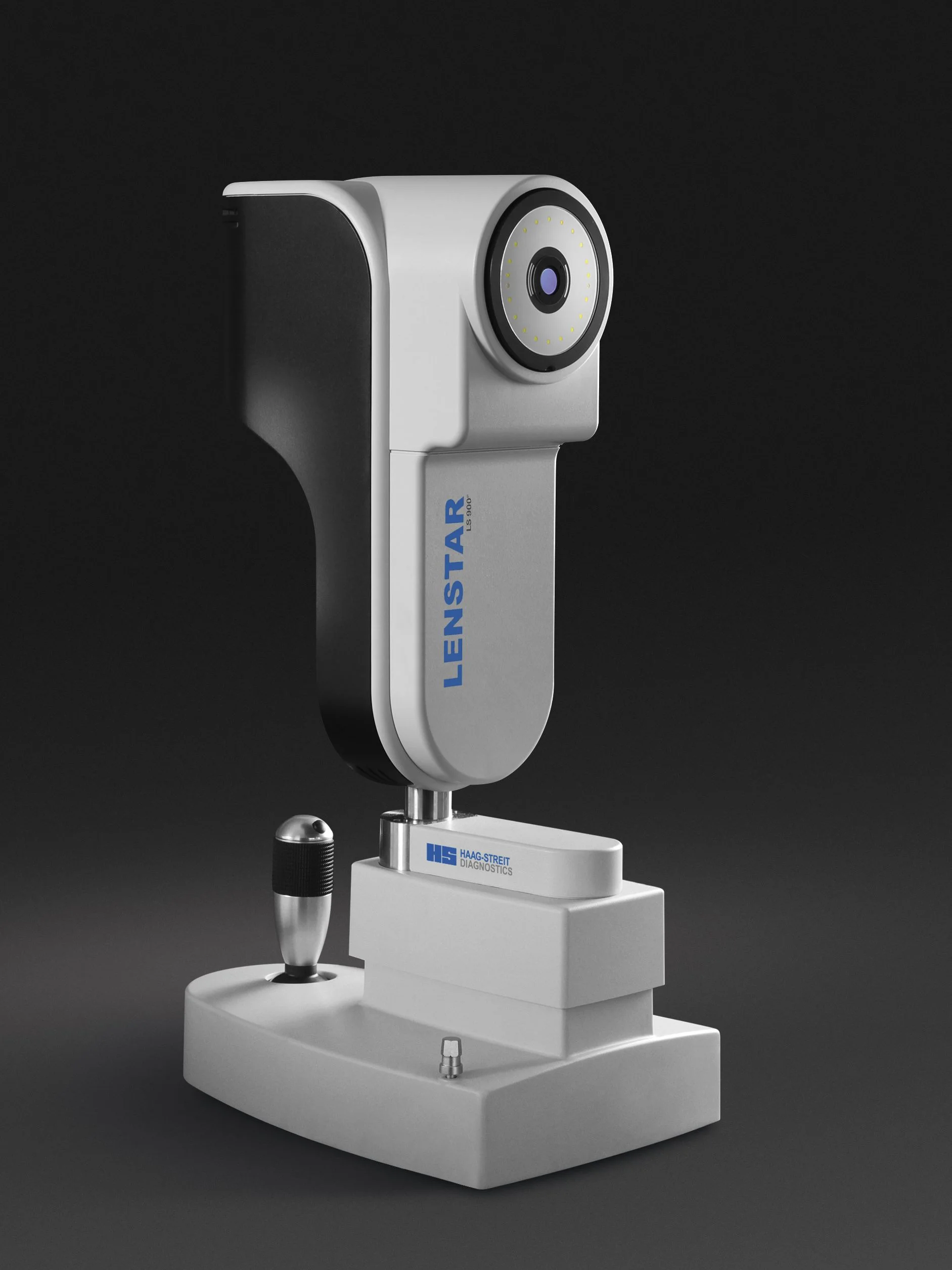
Lenstar Biometry for Myopia Management
The Haag-Streit Lenstar biometer measures the axial length of the eye, a critical measure for assessing the progression of myopia especially in children and adolescents
Home » Technology » Optos Widefield Retinal Imaging
The Optos Daytona uses two lasers to scan the retina and the underlying choroid through a range of 200°. By comparison, standard digital retinal photography captures only the central 45° of the retina. Normally to see such peripheral regions of the retina it would be necessary to dilate your pupils, but in the vast majority of cases the Optos is able to take images without the need for dilation.
Using the Optos to view the peripheral retina is particularly important for higher degrees of myopia (short-sightedness), where there is a greater likelihood of peripheral retinal degenerations, holes and tears. It is also important for diabetics, as sometimes diabetic retinal disease is not visible centrally but only in the periphery. If you have symptoms such as flashes or floaters, widefield imaging is especially useful for detecting retinal holes, tears and detachments.
We usually perform Optos widefield retinal imaging as a part of every comprehensive eye examination. The fee for Optos widefield retinal imaging is $54.60 and does not attract a Medicare rebate.
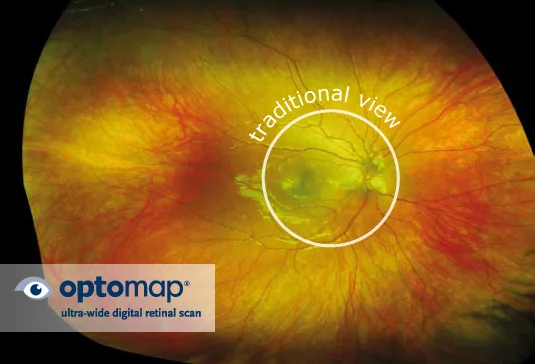
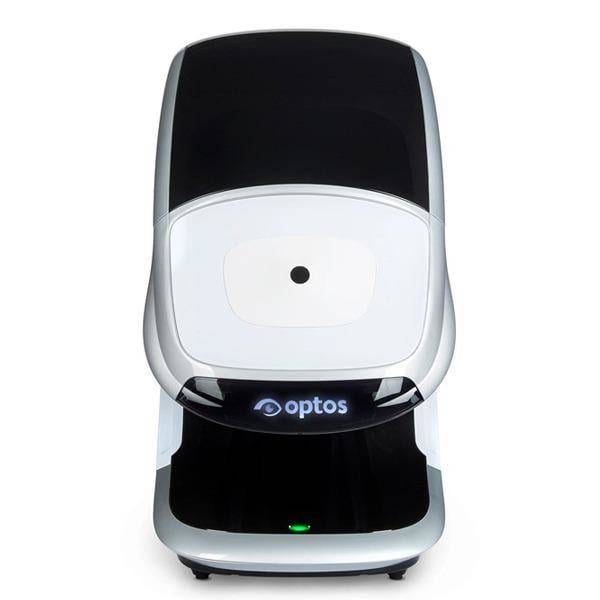
Learn more about the technology that we use at Collins Street Optometrists

The Haag-Streit Lenstar biometer measures the axial length of the eye, a critical measure for assessing the progression of myopia especially in children and adolescents
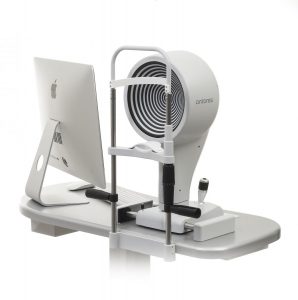
Keratography with the Oculus K5 instrument is an invaluable tool for the assessment, diagnosis and classification of dry eye
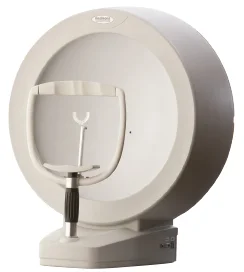
Measurement of visual fields by automated perimetry is an important technique for assessing glaucoma and neurological conditions
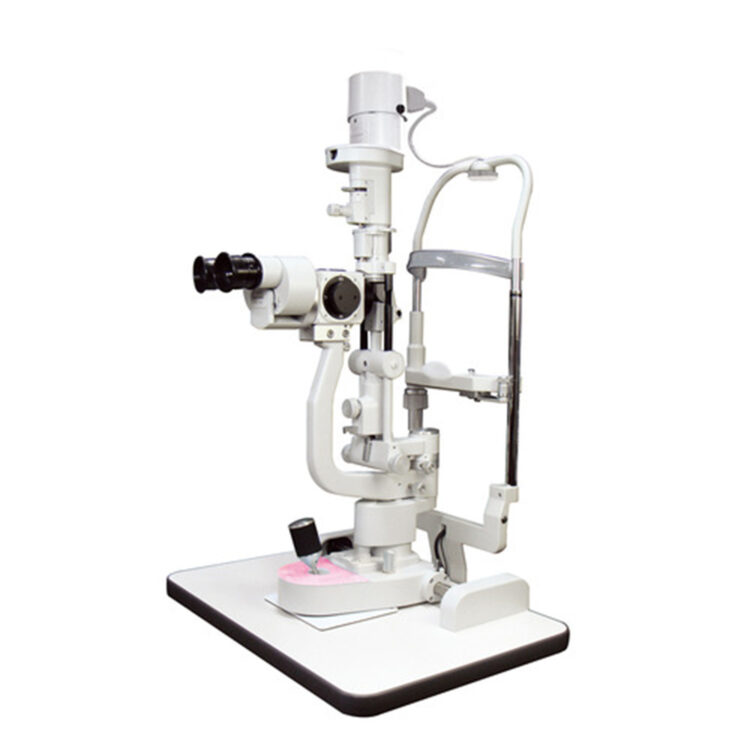
High quality magnification and lighting are essential for examining the front of the eye and detecting subtle changes, which is assisted further by the recording function of digital photography
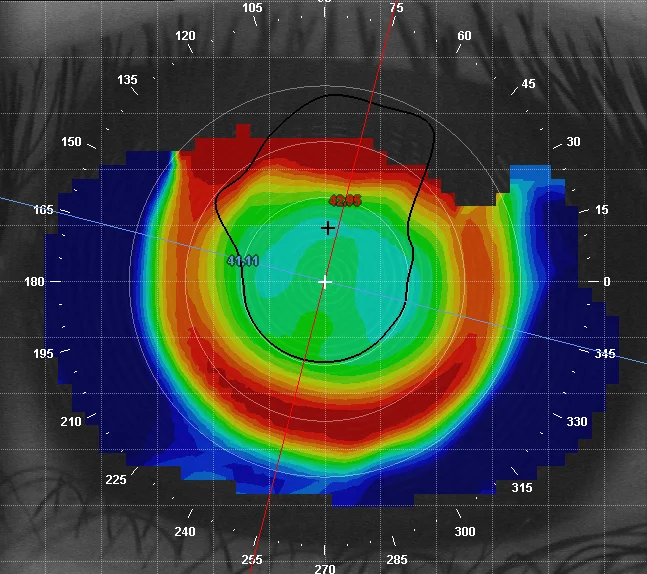
Corneal topography provides a computerised 3-D map of the front surface of the eye, with which we can see the characteristics of its curves and surface irregularities and which is enormously helpful for contact lens fitting
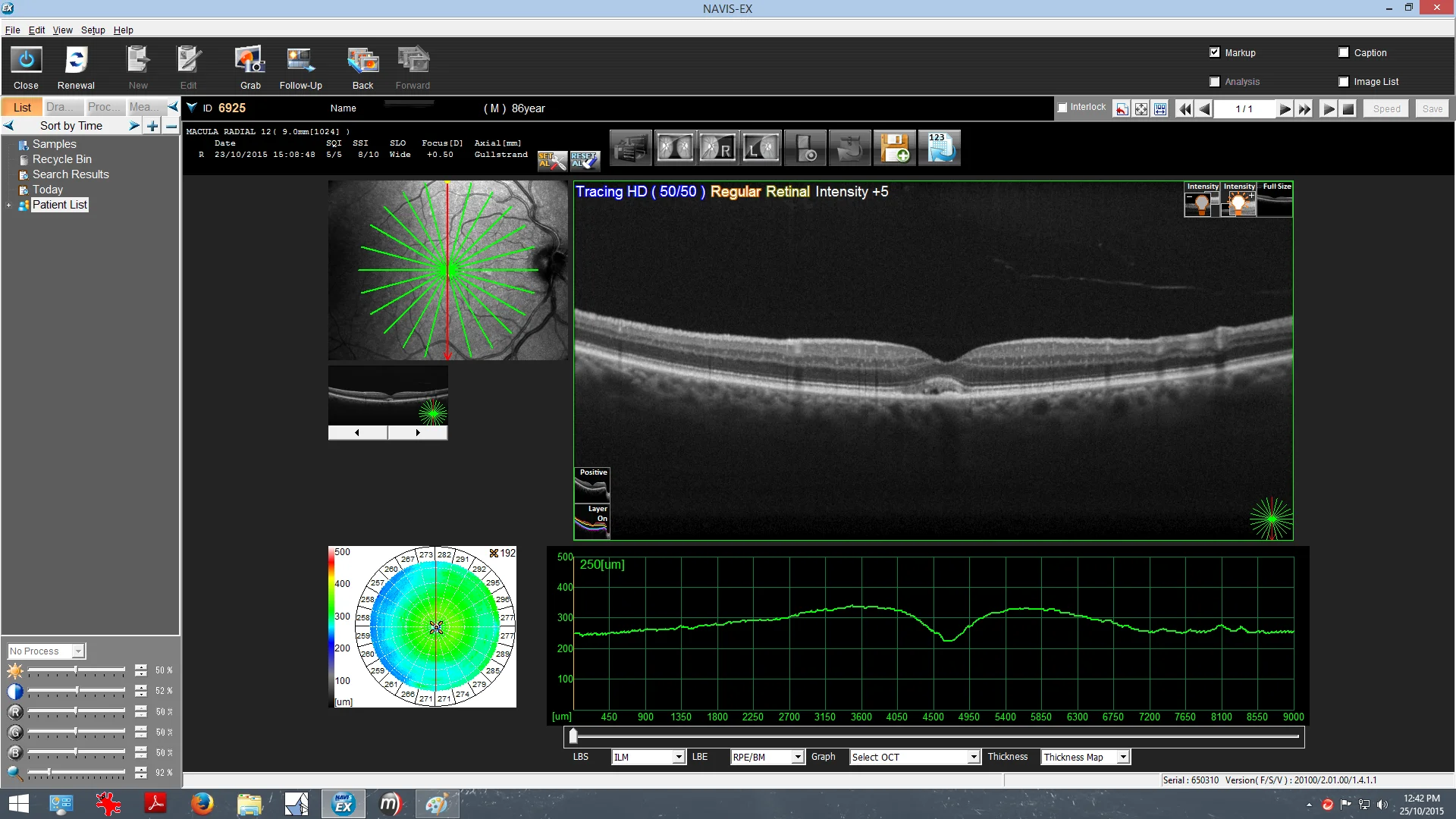
Optical Coherence Tomography is a non-invasive imaging technology used to capture cross-sectional images of the retina and is an essential aid in the diagnosis of retinal disease and glaucoma
Monday - Friday
9AM - 6PM
Saturday - Sunday
CLOSED